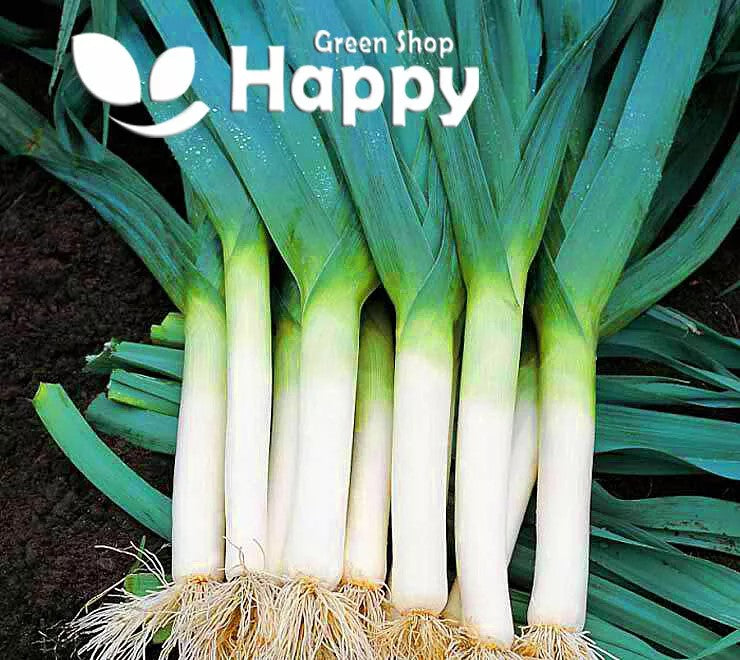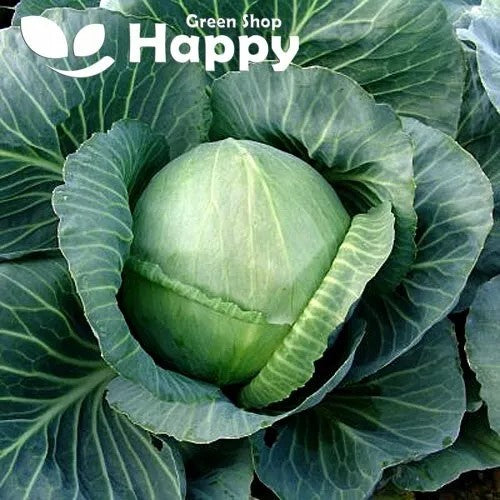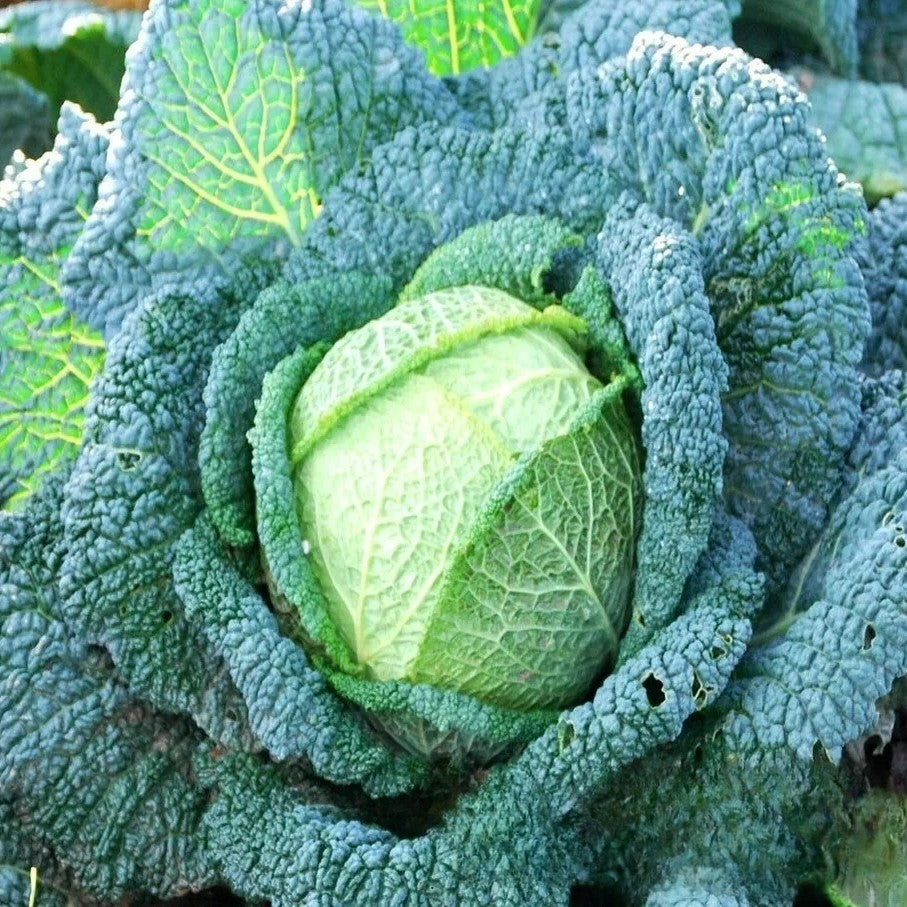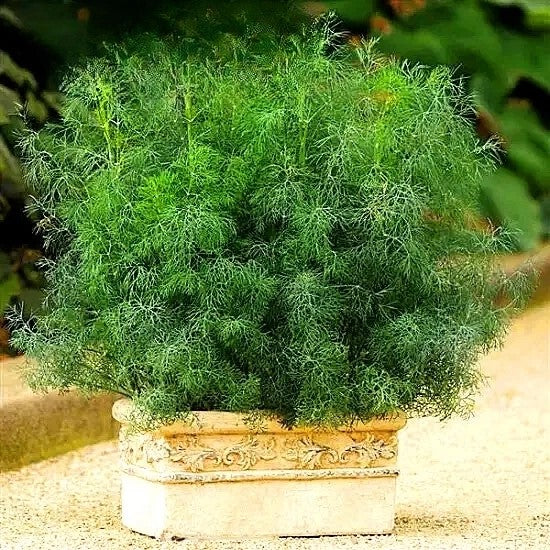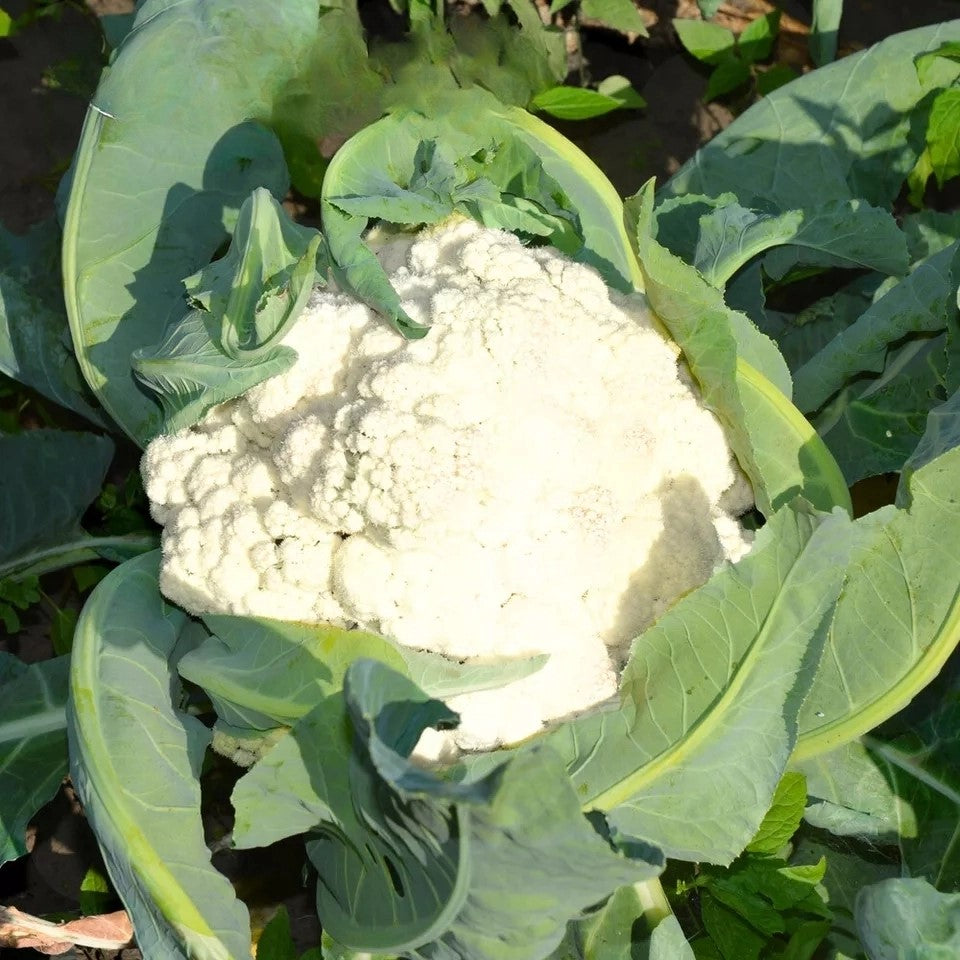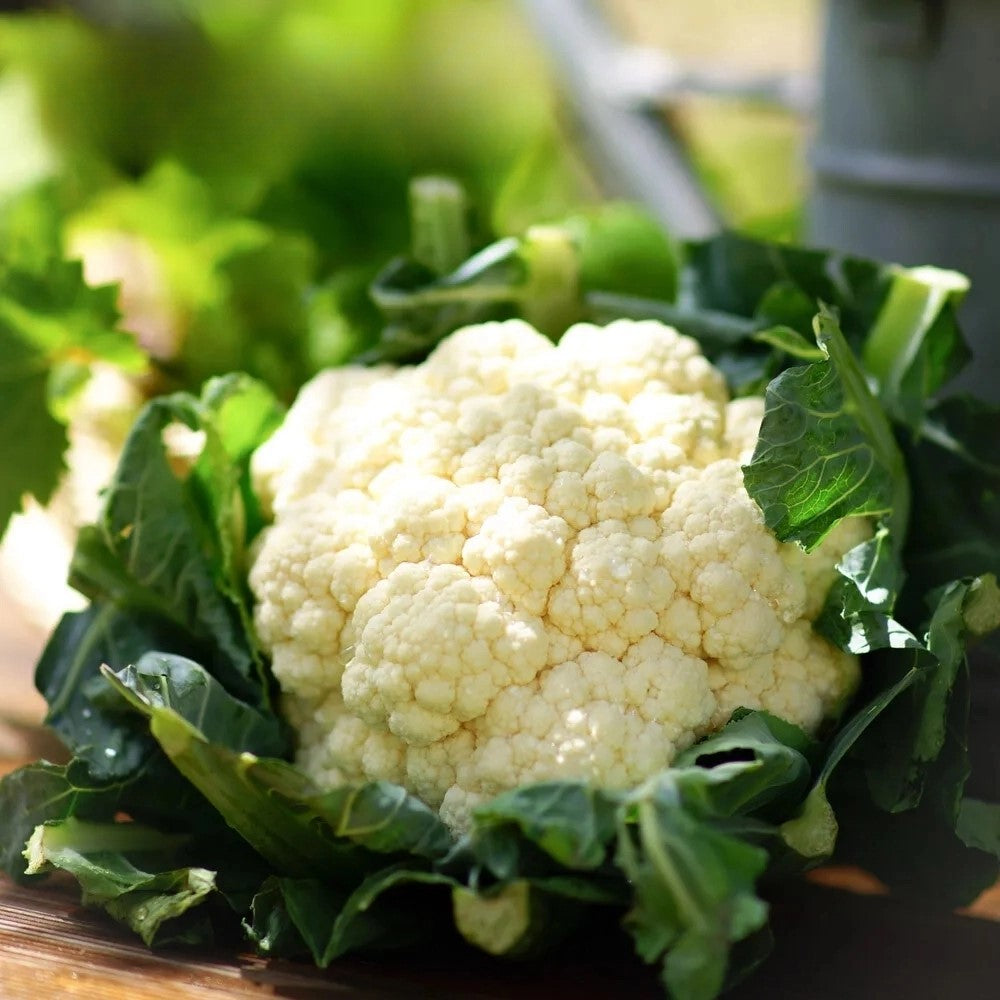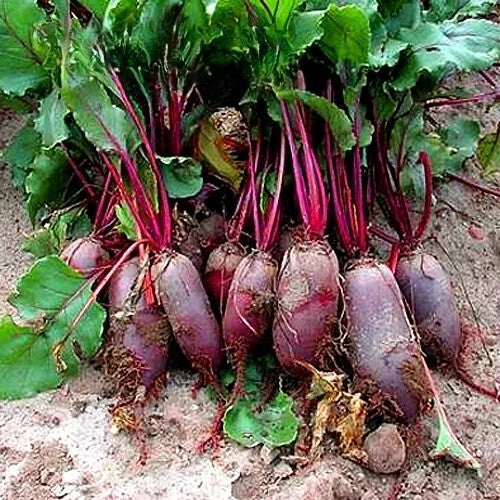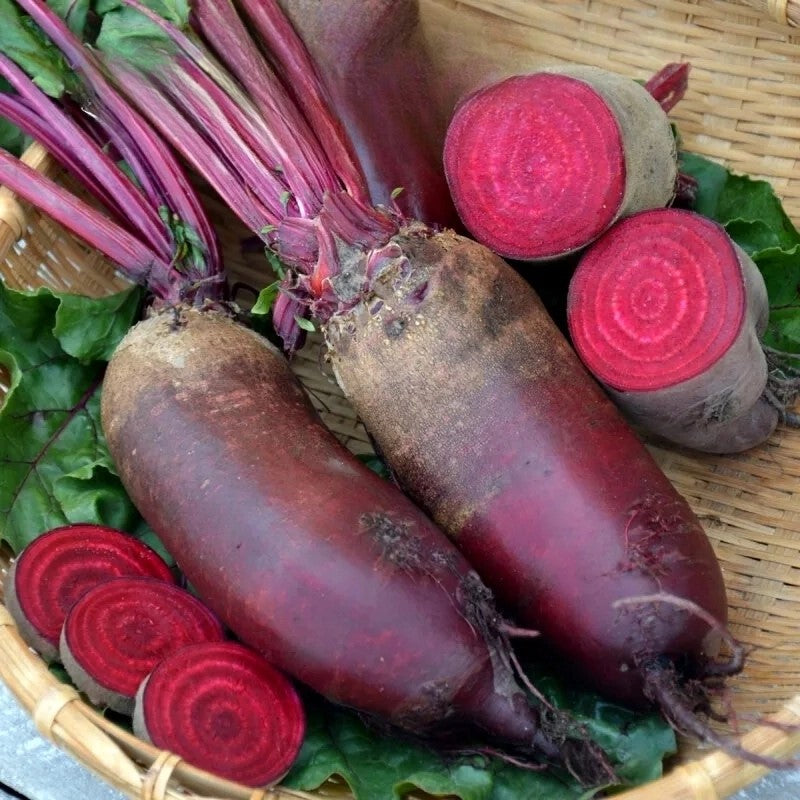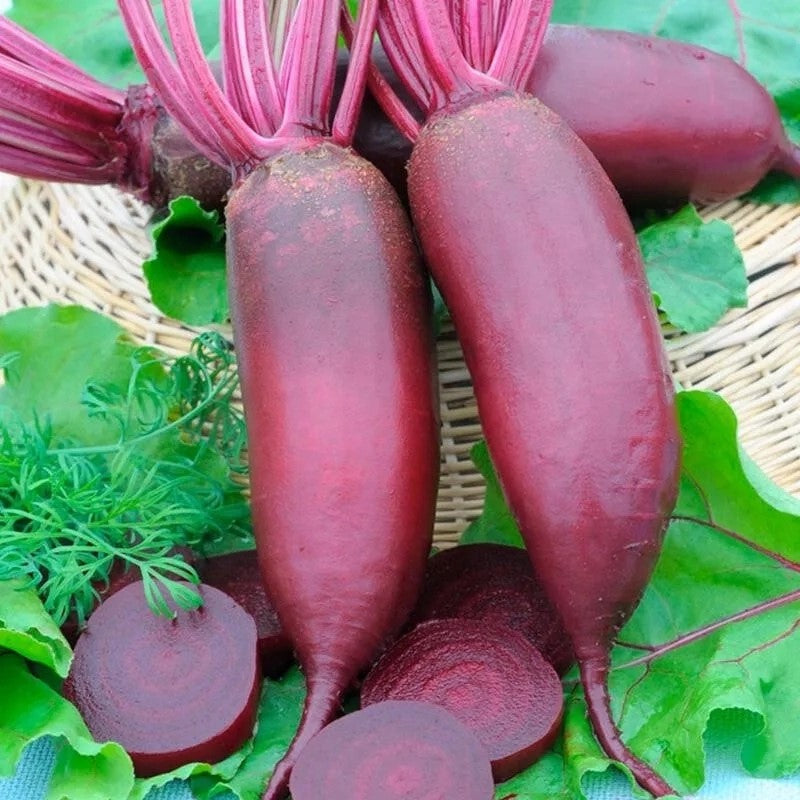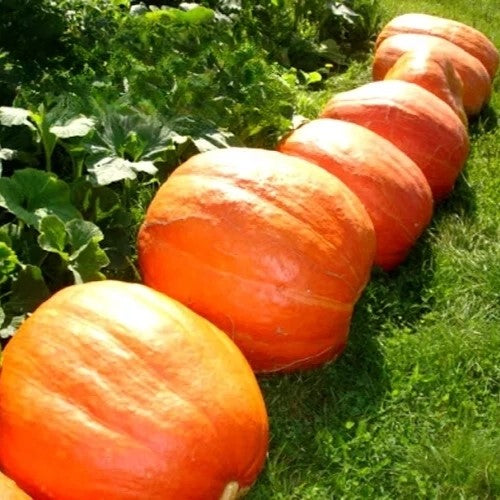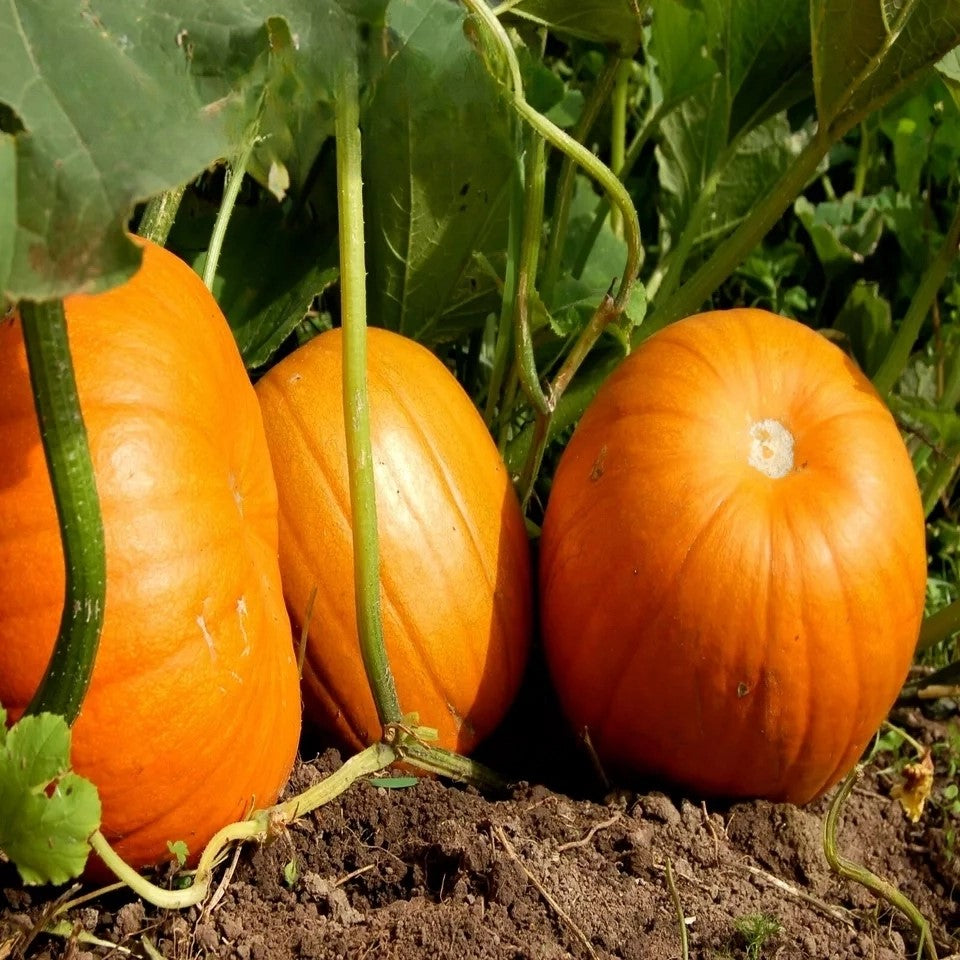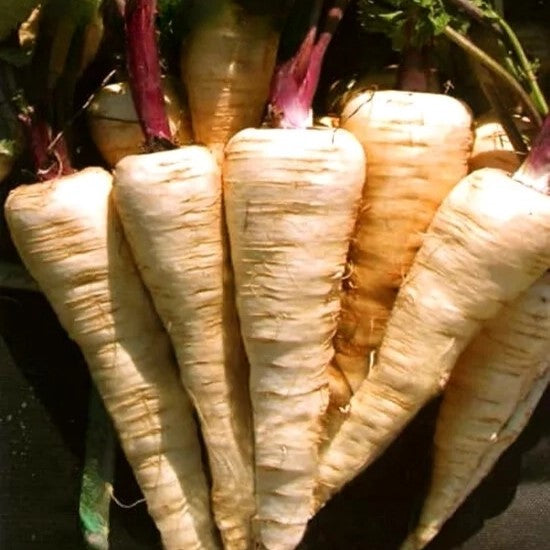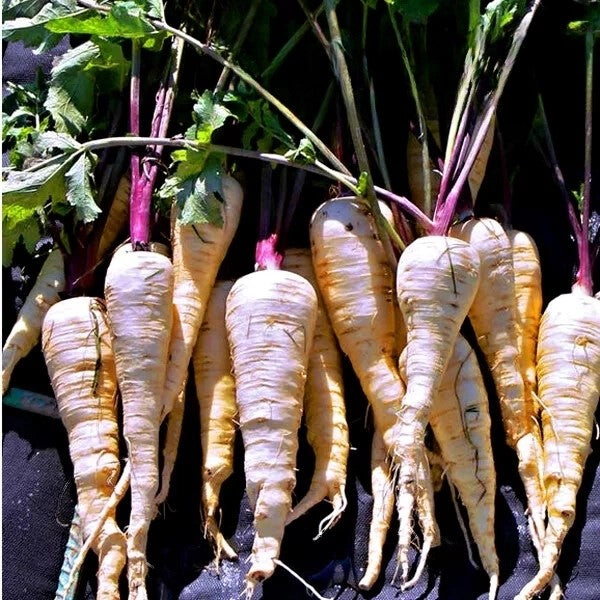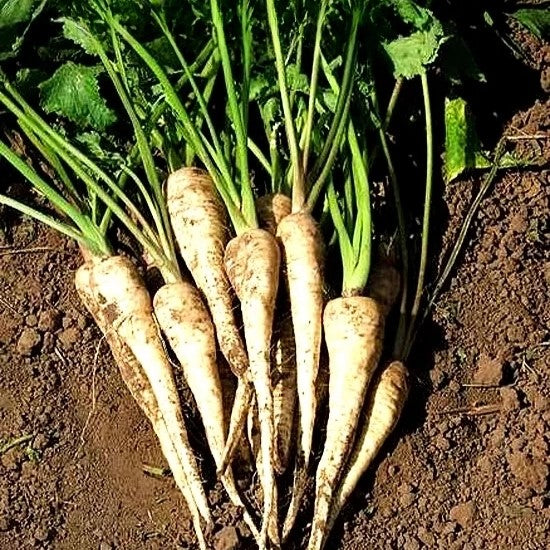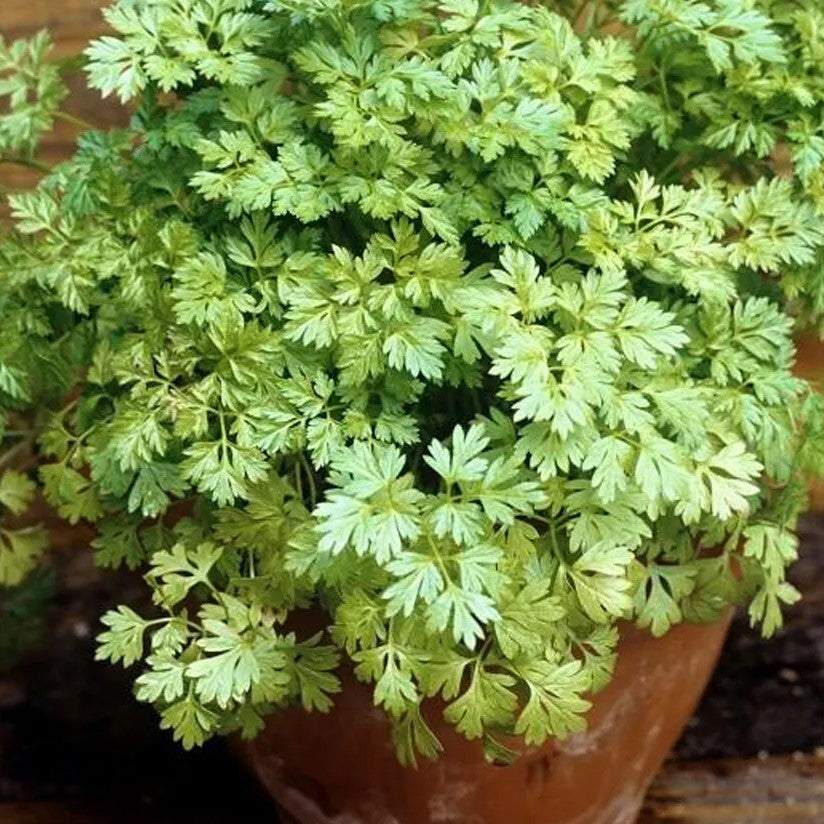Sort by:
299 products
299 products
Beetroot 'Chioggia' – Seeds
(Beta vulgaris) – Traditional Italian Heirloom with Striking Rings
Beetroot 'Chioggia' is a famous Italian heirloom variety known for its stunning candy-striped flesh, with alternating pink and white rings. Sweet, mild, and tender, it’s perfect for eating raw in salads to show off its striking appearance, or cooked for a softer, delicate flavor. Easy to grow and quick to mature, it adds both beauty and taste to the garden and kitchen.
Key Features
-
Type: Biennial root crop, grown as annual
-
Roots: Round, medium-sized with concentric pink and white rings
-
Flavor: Sweet, mild, tender texture
-
Harvest: Summer to autumn
-
Use: Salads, roasting, pickling, juicing
Ideal For
-
Unique and decorative salads
-
Traditional and gourmet cooking
-
Kitchen gardens and allotments
-
Beginner-friendly vegetable growing
Sowing & Growing
-
Sow outdoors: March–July, thin seedlings as they grow.
-
Spacing: 10 cm between plants, 30 cm between rows.
-
Soil: Loose, fertile, well-drained soil.
-
Sunlight: Full sun for best development.
-
Harvest: June–October, when roots reach 5–7 cm in diameter.
Care Tips
-
Keep soil moist for tender, juicy roots.
-
Thin seedlings early to prevent overcrowding.
-
Harvest young for best flavor and color.
Summer Cabbage 'Holt' – Seeds
(Brassica oleracea) – Early, Tender & Reliable Summer Variety
Summer Cabbage 'Holt' is a fast-growing, summer-harvest variety that forms compact, firm, round heads with sweet, mild-tasting leaves. Known for its reliability and early maturity, it is perfect for fresh salads, coleslaw, stir-fries, and light cooking. An excellent choice for gardeners wanting a dependable summer crop.
Key Features
-
Type: Biennial, grown as annual
-
Heads: Compact, firm, medium-sized round heads
-
Flavor: Mild, sweet, crisp texture
-
Harvest: Early to mid-summer
-
Use: Salads, slaws, stir-fries, light cooking
Ideal For
-
Summer harvests with fresh flavor
-
Home gardens and allotments
-
Healthy, light seasonal dishes
-
Succession sowing for continuous cropping
Sowing & Growing
-
Sow indoors: February–April for transplanting.
-
Sow outdoors: March–May directly in the ground.
-
Spacing: 40–50 cm between plants, 60 cm between rows.
-
Soil: Fertile, well-drained soil enriched with compost.
-
Sunlight: Full sun for best results.
-
Harvest: June–August, when heads are firm.
Care Tips
-
Water regularly to maintain steady growth.
-
Protect from cabbage root fly and caterpillars.
-
Harvest promptly to prevent splitting.
Savoy Cabbage 'Rocket' – Seeds
(Brassica oleracea) – Crisp, Crinkled Leaves & Fast Growth
Savoy Cabbage 'Rocket' is a vigorous, early-maturing variety prized for its tender, crinkled dark-green leaves and compact, dense heads. It delivers a mild, sweet flavor and is ideal for fresh salads, cooking, and steaming. Perfect for home gardens and small-scale cultivation.
Key Features
-
Type: Biennial, grown as annual
-
Heads: Medium-sized, dense, crinkled dark-green leaves
-
Flavor: Mild, sweet, tender
-
Harvest: Early to mid-season
-
Use: Salads, cooking, steaming, stir-fries, freezing
Ideal For
-
Home gardens and allotments
-
Early harvest for fresh culinary use
-
Succession planting for continuous supply
-
Gourmet cooking and healthy meals
Sowing & Growing
-
Sow indoors: February–April for transplanting.
-
Sow outdoors: March–May for summer harvest.
-
Spacing: 45–50 cm between plants, 60–70 cm between rows.
-
Soil: Fertile, well-drained soil with added compost.
-
Sunlight: Full sun for best growth.
-
Harvest: When heads are firm and well-formed.
Care Tips
-
Keep soil consistently moist to prevent splitting.
-
Protect seedlings from cabbage root fly and caterpillars.
-
Fertilize moderately for dense heads.
Dwarf Dill 'Forrest' – Seeds
(Anethum graveolens) – Compact, Aromatic Herb
Dwarf Dill 'Forrest' is a compact, slow-bolting variety ideal for small gardens, pots, and window boxes. Its fragrant, feathery leaves are perfect for seasoning salads, soups, pickles, and fish dishes. This variety produces consistent, tender foliage and is easy to grow even in limited space.
Key Features
-
Type: Annual herb
-
Height: Dwarf, 25–35 cm
-
Flavor: Classic aromatic dill, mild and fresh
-
Harvest: Leaf harvest from 40–50 days after sowing
-
Use: Culinary seasoning, pickling, fresh salads
Ideal For
-
Small gardens, balconies, and containers
-
Culinary use in salads, soups, and sauces
-
Companion planting in vegetable beds
-
Homegrown, fresh herb supply
Sowing & Growing
-
Sow outdoors: March–June, thin seedlings to 10–15 cm apart.
-
Sow indoors: February–April, transplant seedlings carefully.
-
Soil: Light, well-drained, moderately fertile.
-
Sunlight: Full sun preferred.
-
Harvest: Cut leaves as needed; avoid cutting entire plants for continuous growth.
Care Tips
-
Keep soil evenly moist for tender leaves.
-
Regular harvesting encourages bushier growth.
-
Protect young plants from strong wind or heavy rain.
Cauliflower 'Snowball X' – Seeds
(Brassica oleracea) – Classic White Curds, Reliable & Early
Cauliflower 'Snowball X' is a high-yielding, early-maturing variety known for its compact, snow-white curds and uniform growth. Its tender, mild-flavored heads make it perfect for fresh eating, steaming, roasting, and soups. A reliable choice for home gardens and small-scale growers.
Key Features
-
Type: Biennial, grown as annual
-
Heads: Compact, dense, snow-white
-
Flavor: Mild, tender, sweet
-
Harvest: Early to mid-season
-
Use: Fresh cooking, steaming, roasting, soups, freezing
Ideal For
-
Home gardens & allotments
-
Early harvesting for fresh consumption
-
Succession planting for continuous supply
-
Culinary use and freezing
Sowing & Growing
-
Sow indoors: February–April, transplant seedlings after 4–6 weeks.
-
Sow outdoors: March–May for late summer harvest.
-
Spacing: 45–60 cm between plants, 60–70 cm between rows.
-
Soil: Fertile, well-drained soil enriched with compost.
-
Harvest: When heads are compact and fully formed, before they start to separate.
Care Tips
-
Keep soil evenly moist to prevent splitting.
-
Protect young plants from pests with netting if necessa
Beetroot 'Alexis' – Seeds
(Beta vulgaris) – Sweet, Tender & Early Harvest Variety
Beetroot 'Alexis' is a reliable, early-maturing variety known for its smooth, uniform, round roots with intensely dark red flesh that remains free of rings. It has a sweet, tender flavor even when roots grow larger, making it suitable for fresh eating, roasting, juicing, and preserving. The variety also shows good resistance to bolting.
Key Features
-
Type: Hardy biennial, grown as annual
-
Roots: Round, uniform, smooth skin
-
Flesh: Deep red, no rings
-
Flavor: Sweet, tender, mild earthy taste
-
Harvest: Early to mid-season
-
Use: Fresh salads, cooking, juicing, pickling, storage
Ideal For
-
Kitchen & home gardens
-
Early cropping with reliable yields
-
Fresh culinary use & winter storage
-
Succession sowing for continuous supply
Sowing & Growing
-
Sow outdoors: April–July, in rows 2–3 cm deep.
-
Spacing: 10 cm between plants, 25–30 cm between rows.
-
Soil: Fertile, light, well-drained, stone-free soil.
-
Harvest: June–October, depending on sowing time.
Care Tips
-
Thin seedlings early to allow roots to swell properly.
-
Keep soil consistently moist for tender, sweet roots.
-
Harvest when small for baby beets or later for larger storage roots.
Pumpkin 'Golias' – Seeds
(Cucurbita pepo) – Giant, Decorative & Edible Pumpkin
Pumpkin 'Golias' is an impressive giant pumpkin variety, producing extra-large, round fruits with smooth orange skin. Known for its huge size and vigorous growth, it makes a real garden showpiece while also being delicious in soups, bakes, and pies. Perfect for competitions, carving, or autumn displays.
Key Features
-
Type: Annual fruiting vegetable
-
Fruit size: Extra-large, giant pumpkins
-
Skin: Smooth orange
-
Flavor: Mild, sweet flesh suitable for cooking
-
Harvest: Late summer to autumn
-
Use: Cooking, carving, decoration, competitions
Ideal For
-
Giant vegetable growing
-
Autumn harvest festivals & carving
-
Cooking soups, pies, and bakes
-
Impressive garden displays
Sowing & Growing
-
Sow indoors: April–May, 2–3 cm deep in pots.
-
Transplant outdoors: Late May–June, after last frost.
-
Direct sowing: From mid-May, 2–3 cm deep.
-
Spacing: 1–1.5 m between plants.
-
Soil: Rich, fertile, well-drained with compost/manure.
-
Harvest: September–October, when skins harden.
Care Tips
-
Requires full sun and plenty of water.
-
Feed regularly for maximum fruit size.
-
Protect from frost – harvest before first frost arrives.
Parsnip Root 'Kamo' – Seeds
(Pastinaca sativa) – Sweet, Nutritious Root Vegetable
Parsnip 'Kamo' is a reliable, high-yielding variety producing long, smooth, tapered roots with creamy-white skin and sweet, nutty flavor. Its roots become even sweeter after the first frosts, making it a classic for autumn and winter harvests. Excellent for roasting, mashing, soups, and stews, parsnips are rich in vitamins, minerals, and dietary fiber.
Key Features
-
Type: Hardy biennial grown as annual root crop
-
Root size: Long, tapered, smooth
-
Flavor: Sweet, nutty – improves after frost
-
Harvest: Late autumn to winter
-
Use: Roasting, mashing, soups, stews
Ideal For
-
Traditional vegetable gardens
-
Winter kitchen harvests
-
Nutrient-rich root storage
-
Roasting & hearty seasonal dishes
Sowing & Growing
-
Sow outdoors: March–May, directly into prepared seed beds.
-
Depth: 1 cm, in rows 30–40 cm apart.
-
Germination: 14–28 days at 8–18°C.
-
Thinning: 10–15 cm between plants.
-
Soil: Deep, loose, stone-free, fertile soil.
-
Harvest: October–February (roots store in the ground).
Care Tips
-
Do not sow in freshly manured soil (may cause forking).
-
Slow to germinate – keep soil consistently moist.
-
Leave roots in the ground over winter for best flavor.
Chervil – Seeds
(Anthriscus cerefolium) – Classic Culinary Herb
Chervil is a delicate, aromatic herb with finely cut, fern-like leaves and a subtle aniseed flavor. Often called the “gourmet’s parsley”, it is an essential ingredient in French cuisine and one of the traditional fines herbes (with parsley, tarragon, and chives). Best used fresh, chervil enhances soups, salads, omelets, fish, and sauces, adding a refined, mild flavor.
Key Features
-
Type: Annual culinary herb
-
Height: 30–50 cm
-
Leaves: Finely cut, light green, fern-like
-
Flavor: Mild anise, delicate and fresh
-
Harvest: 6–8 weeks after sowing
-
Use: Fresh leaves for seasoning
Ideal For
-
Culinary herb gardens & kitchen windowsills
-
French and Mediterranean dishes
-
Continuous harvest in small spaces
-
Pairing with parsley, tarragon & chives
Sowing & Growing
-
Sow outdoors: March–August, directly into the soil.
-
Depth: 0.5 cm, thinly in rows 20 cm apart.
-
Germination: 14–21 days at 12–18°C.
-
Position: Partial shade, moist, humus-rich soil.
-
Harvest: Young leaves as needed.
Care Tips
-
Regular sowings every 3–4 weeks ensure a constant supply.
-
Avoid hot, sunny locations (prefers cool shade).
-
Use leaves fresh – drying reduces flavor.
Showing 63/299


